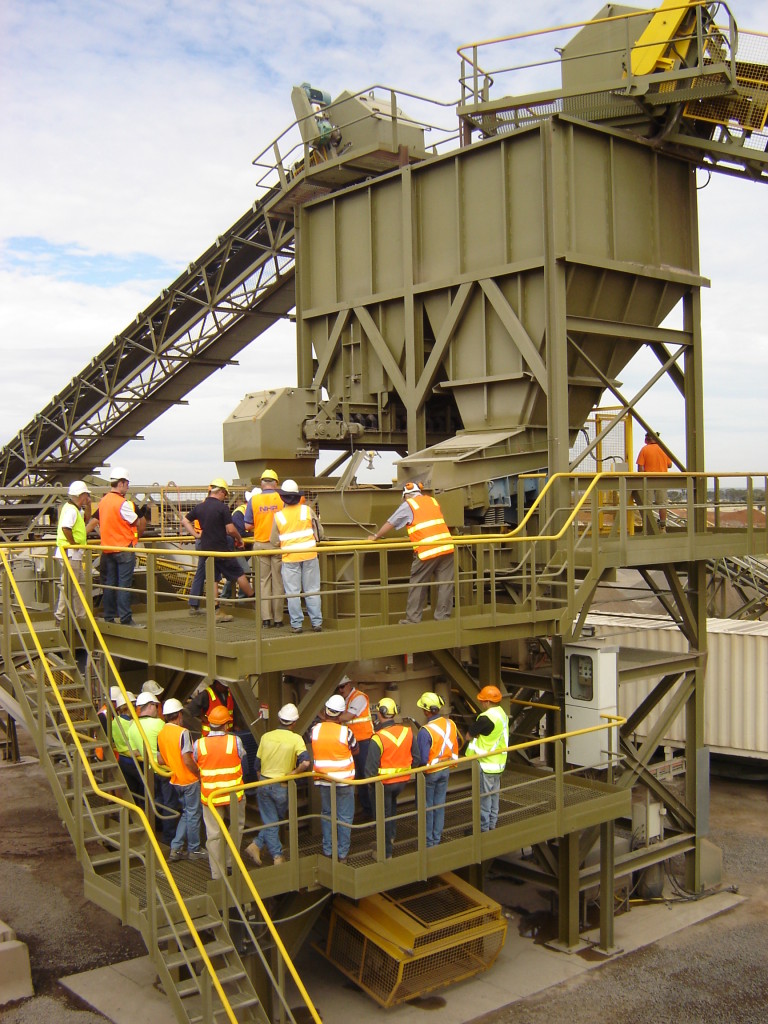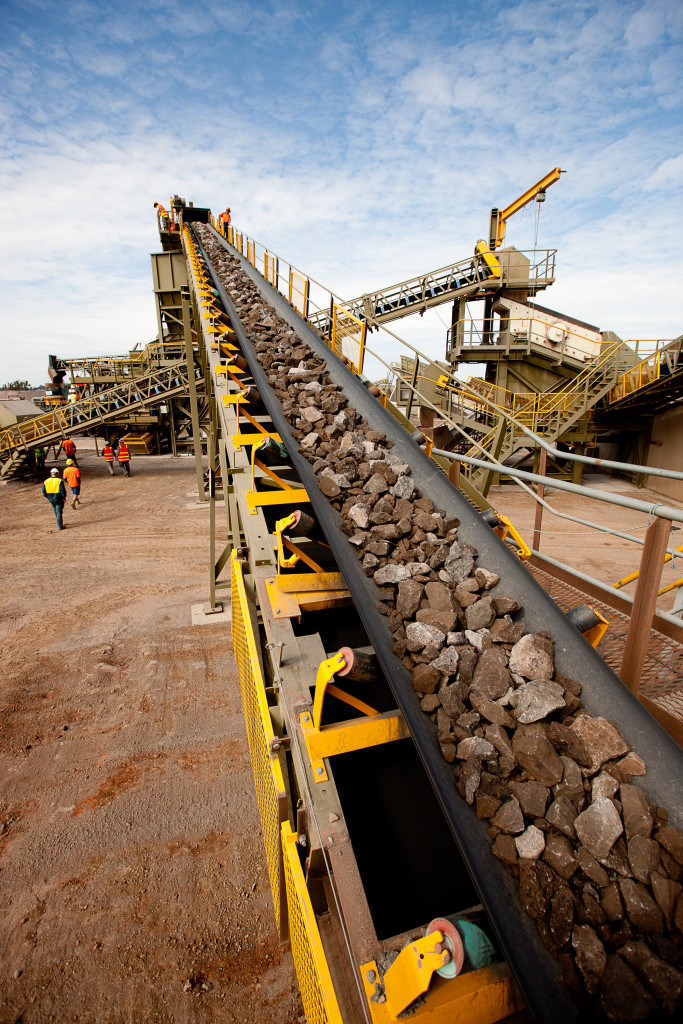Working at Heights – a high risk activity
DAVID MCKELVIE, Director of Safemix is a Workplace Health and Safety Consultant supporting the Construction Materials Industry.
Without effective control, Working at Heights is a highrisk activity and you don’t have to fall far too seriously injure or kill yourself.
Working at Heights Summary Checklist
- Have all Working at Heights tasks/activities been identified and listed?
- Have controls for Working at Heights been established and implemented in alignment with the Hierarchy of Controls?
- Are all Working at Height activities directed by either a SWMS, JSA, SWP or PTW?
- Do all workers that operate the EWP with a reach equal to or greater than 11 metres hold a boom type EWP High Risk Licence?
- Has a Rescue Plan been established for Working at Heights activities that involve the use of work positioning systems or fall injury prevention systems?
- Have all workers who use fall injury prevention systems been trained in their inspection and use by a suitably experienced RTO?
- Are ladders only used for inspection and access/egress purposes where 3 points of contact can be maintained at all times?
Safe Work Australia state that fifty percent of the 359 workers killed between 2003 and 2015 fell from a height equal to or less than 3 meters.
A fall under the Victorian OHS Regulations 2017 is defined as an involuntary fall of more than 2 metres, interesting wording as I don’t think anyone volunteers to fall in the workplace.
But from my observations it is not uncommon for workers or managers to put themselves in a position where they could fall and it’s quite common that they don’t do enough to prevent or restrain that potential fall.
A few years ago, I investigated an incident where the wheel of an EWP broke through an unidentified septic tank lid, causing the elevated boom to catapult. The two workers preparing the silo for a paint job were thrown from the EWP basket. The worker wearing his harness connected to his lanyard and the basket climbed back in, the other worker whose harness was not connected, fell approximately 15 metres and was fatally injured.
In more recent times I reviewed an incident where a quarry manager not wearing a harness working from a Telehandler basket fell approximately 7 meters to the ground and walked away with minor injuries. The harness was in the office.
Another incident I reviewed involved a very young worker falling through a corrugated plastic skylight on a workshop roof. He suffered significant injuries. His boss who was working with him had submitted a SWMS stating they would utilise a fall injury prevention system as well as cover over the skylights; neither controls were implemented.
Working at Heights activities
Working at Heights in quarries where there is potential to fall involves many tasks such as screen changes, maintenance of head drums, replacement of rollers, access to truck bodies/mobile equipment and so forth, but also includes working on benches preparing for a shot or operating mobile equipment on benches and stockpiles.
Working at Heights in concrete plants involves all the general maintenance activities but can also include slumping of concrete and adding colour to gob hoppers.
One of the most common falls incurred in the Construction Materials Industry occurs when workers are climbing in to or out of mobile equipment and road trucks.
Owners, Operators, Contractors and Workers all have Legal Duties and Ethical Responsibilities to Prevent Falls in their Workplaces.
Hierarchy of Control
When considering your approach to either eliminating or reducing risk associated with working at heights the following Hierarchy of Control must be followed;
- The task shall be carried out on the ground or on a solid construction, if this is not practicable,
- A passive fall prevention device such as a temporary work platform, roof safety mesh or guard-railing shall be used, if this is not practicable,
- A work positioning system such as an EWP shall be used, or if this is not practicable,
- A fall injury prevention system such as harness, lanyard/anchor point shall be used, if this is not practicable
- A fixed or portable ladder or portable ladder platform shall be used
Other Controls
All working at Height activities where there is risk of fall should be directed by either a Safe Work Method Statement (SWMS), Job Safety Assessment (JSA), Safe Work Procedure (SWP) or a Permit to Work. Workers involved in the activity should have a clear understanding of and acknowledge their commitment to following the requirements as listed in the specific document.
If you are using a boom type Elevating Work Platform where the length of the boom is 11 metres or more the operator and spotter/observer must have a boom type High Risk Work Licence for the equipment.
A Rescue Plan must be established and ready for implementation prior to Working at Heights activities that involve the use of work positioning systems or fall injury prevention systems.
All workers who use fall injury prevention systems such as harnesses and lanyards connected to anchor points or static lines must be trained in the inspection and use of this equipment.
Always ensure an exclusion zone is established below any Working at Height activity and that all tools or other objects that may potentially fall are secured.
Working at Heights General Information
Safe Work Australia provide an excellent document to assist in controlling the risks associated with working at Heights, titled “Managing the Risk of Falls at Workplaces Code of Practice March 2015”
The document can be downloaded from their website;
https://www.safeworkaustralia.gov.au/resources_publications/model-codes-of-practice
For further information contact:
David McKelvie: [email protected]
Mobile: 0407 022 117
www.safemix.com.au












You must be logged in to post a comment Login